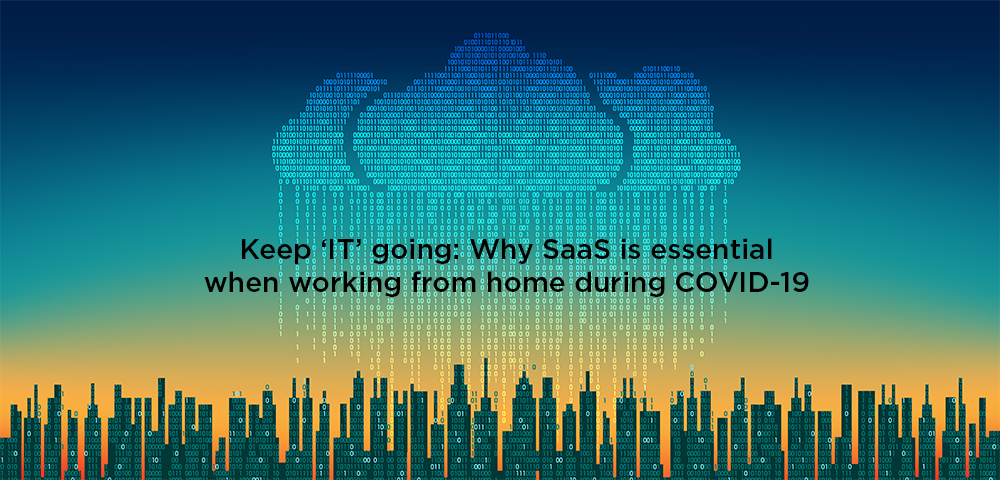When COVID-19 and it’s accompanying lockdown arrived on the doorstep of many organizations, some companies were more prepared to work from home than others as the former companies already had software-as-a-service (SaaS) infrastructure in place. With experts suggesting that lockdowns could last for the next 2 years so as to combat the outbreak and Gartner’s HR survey of March 2020 already indicating that 88% of global organisations recommended their employees work from home, SaaS infrastructure is helping companies share and communicate critical information and work-related plans and instructions to partners, stakeholders and employees. Here are some SaaS essentials organizations can take advantage of to ensure that their employees, communications networks, and collaboration ability are not disrupted during a crisis such as COVID-19.
2. Take advantage of cloud-based flexibility
SaaS solutions are innately able to be deployed and implemented remotely which means these solutions are uniquely placed to assist companies to adjust to remote work and successfully navigate lockdowns disruptions and shift in the way we all get business done.
1. Don’t half-SaaS IT
The SaaS model is a natural fit for a distributed workforce and, as the current global situation advances, SaaS solutions can connect the distributed workforce, facilitate collaboration in the cloud, and make accessing important content and company digital assets painless. Further, if you consider how fast many companies pivoted to “full-SaaS” it shows how far we have come as a digital, global workforce.
2. Take advantage of cloud-based flexibility
A further advantage of cloud computing is the fact it offers a pay-as-you-use model while assisting organisations to plan for redundancy at scale. More importantly, multi-cloud models is flexible enough to move data and applications across public and private clouds which means it does not impact on work. Organizations can consider an ‘as-a-service’ strategy in terms of which they provide access to cloud-based tools, applications and platforms at scale to their employees at home (and across the globe) with reduced risk of service disruption.
3. It’s easy to implement
SaaS is already installed and configured in a cloud, which means your employees do not have to worry about setting up any complicated infrastructure. Implementation can typically be effected by registering and/or downloading a web browser extension or the application to the relevant computer.
The arrival of the pandemic and the increased number of remote workers gave rise to several tech innovations. If anything, it has shown that business evolution will happen no matter what. SaaS applications, especially, will see the highest level of consumption across companies. With SaaS capabilities including communication, collaboration, and safe exchange of data, SaaS will remain critical for employee and organizational requirements during these challenging times.
A Practical Guide to
Cloud Backup
If you found this post interesting, you might enjoy these too:
3 Tips for SMB IT departments to strengthen their IT security strategy amidst COVID-19
COVID-19: How to work from home the right way
Network Recovery-As-A-Service: Five Factors (Besides Disasters) That Can Cause A Network Failure



